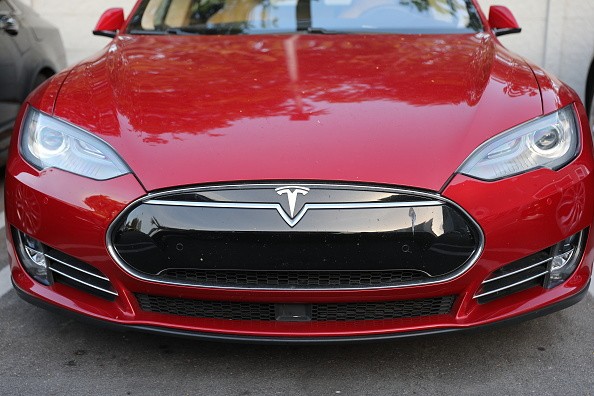Tesla Full Self Driving Beta has an assertive driving mode, which performs a more aggressive driving style, including habits like "rolling stops" and "frequent speed lane changes."

Tesla Full Self Driving Beta Driving Modes
As per the report by The Verge, the Full Self Driving or the FSD beta of the EV firm of Elon Musk features three driving profile modes, starting from "Chill," "Average," and "Assertive."
The news outlet further noted that the three options vary in terms of the driving aggressiveness of the FSD feature.
The three options are not actually a new feature, to begin with. In fact, Tesla introduced the driving profiles during Oct. 2021, along with the FSD update 10.3.
However, the feature was removed from the FSD software on Oct. 23, or after two days since it was first rolled out. It comes as the new driving modes have carried a critical issue with their ability to turn left on intersections with traffic lights.

The CEO and founder of Tesla, Musk, tweeted that there has been "regression in some left turns at traffic lights" for the new driving modes of the FSD software.
As such, the EV tech firm decided to roll back to version 10.2 on Oct. 25 due to some of the issues in the update.
The Tesla boss further noted that incidents like these are expected for software that is still in the beta phase, which still seeks to "test all hardware configs in all conditions."
Read Also : Tesla FSD Detects People, Crew in a Drive-Thru as User Passes By, Elon Musk Reacts 'Miracle'
Tesla FSD Assertive Mode
During the initial rollout of the Tesla FSD Assertive Mode, the release notes disclosed that the more aggressive option "control behaviors," such as "speed-based lane changes," "rolling stops," and "following distance."
This time around, The Verge cited a Twitter post in the same report, which further revealed what the Assertive Mode actually does.
A Twitter user, David Zipper, who is also a visiting fellow at the Harvard Kennedy School, posted the photo of the Assertive Mode of Tesla, providing more information about the aggressive driving option.
Tesla FSD Assertive Mode: What It Does
It turns out that the more aggressive driving mode gives the EV a "smaller follow distance" and its maneuvering style includes "more frequent speed lane change."
I guess "Road Rage Mode" didn't fit on the screen pic.twitter.com/6pJNFvrJXA
— David Zipper (@DavidZipper) January 9, 2022
On top of that, the Assertive Mode also lets the vehicle stay on the passing lanes, which is the lane that was supposedly used for overtaking other cars.
What's more, the said driving profile also noted that it may perform "rolling stops."
Related Article : Tesla FSD Beta 10.9 Coming Next Week, Beta 11 in February Says Elon Musk; Price to Increase at $12,000
This article is owned by Tech Times
Written by Teejay Boris
![Apple Watch Series 10 [GPS 42mm]](https://d.techtimes.com/en/full/453899/apple-watch-series-10-gps-42mm.jpg?w=184&h=103&f=9fb3c2ea2db928c663d1d2eadbcb3e52)



